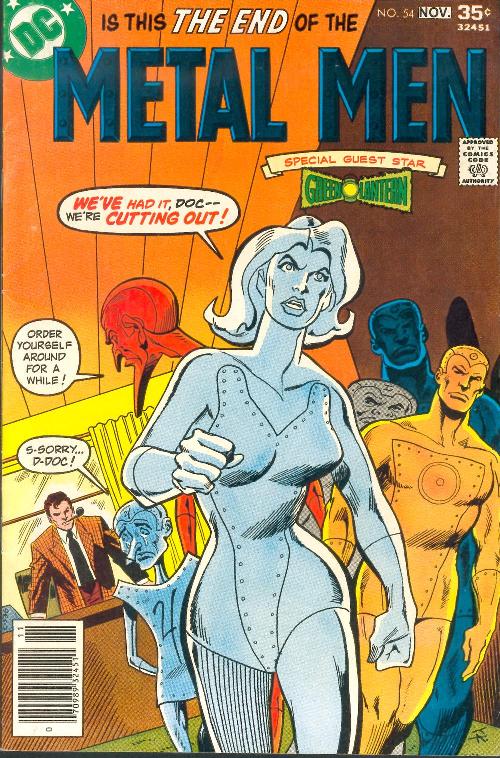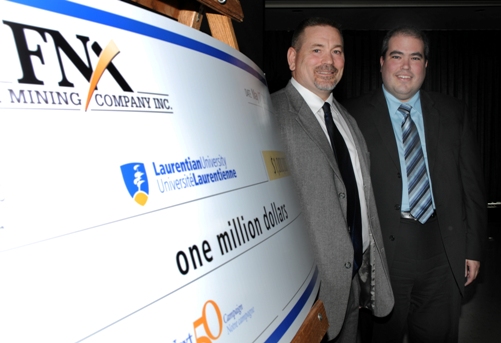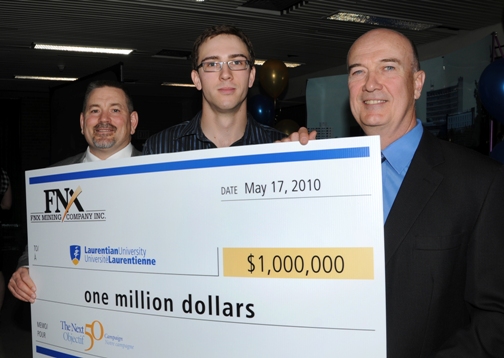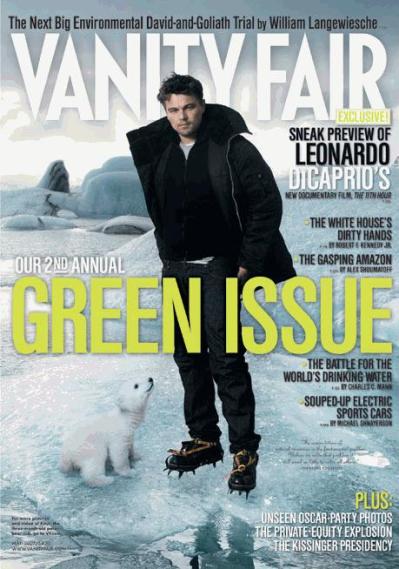Attention Readers: This column was originally published in 2004. A lot has changed and many new discoveries have been made. Is this list still accurate? Please send in your revised lists and reasons for the revisions and I will be happy to post them. In addtion, if someone can supply me with the top ten richest gold, zinc, iron ore, silver, copper, nickel etc. mining regions, I would post them as well. (The lists can only include currently operating mines.) Please note, unless you object, I will include your names.
Stan Sudol is a Toronto-based communications consultant, who writes extensively about mining issues.(stan.sudol@republicofmining.com)
Mines that would make King Solomon happy
What is the richest mining camp in the world? Finding out where the most valuable deposits are and if any Canadian sites would make a top 10 list is not easy.
The main issue when identifying a top mineral-producing region or deposit is how big an area do you include? The term “mining camp” appears to be a distinctly Canadian definition that describes a small area. Most of the mining world defines mineralized areas as belts, basins, provinces and districts.
For the sake of this comparison, I have taken “journalistic license” with my boundary definitions that some geologists may disagree with. However, my reason for putting together the article was to put the value of northern Ontario’s mineral resources in a global context, so please tolerate this “apples and oranges” comparison.
This list does not include coal, industrial minerals or diamonds. It is graded by value of commercially extractable metals including historical production and known reserves. In addition, the deposits must still be in operation.




























 MacGibbon could not attend the event, however, Vern Baker, FNX Vice-President of Sudbury Operations was on hand to present the million dollar cheque. Baker said, “One of our strengths is our geology team, many members of which are proud Laurentian University graduates.
MacGibbon could not attend the event, however, Vern Baker, FNX Vice-President of Sudbury Operations was on hand to present the million dollar cheque. Baker said, “One of our strengths is our geology team, many members of which are proud Laurentian University graduates.  A version of this column was originally published in the June 2007 edition of
A version of this column was originally published in the June 2007 edition of 
